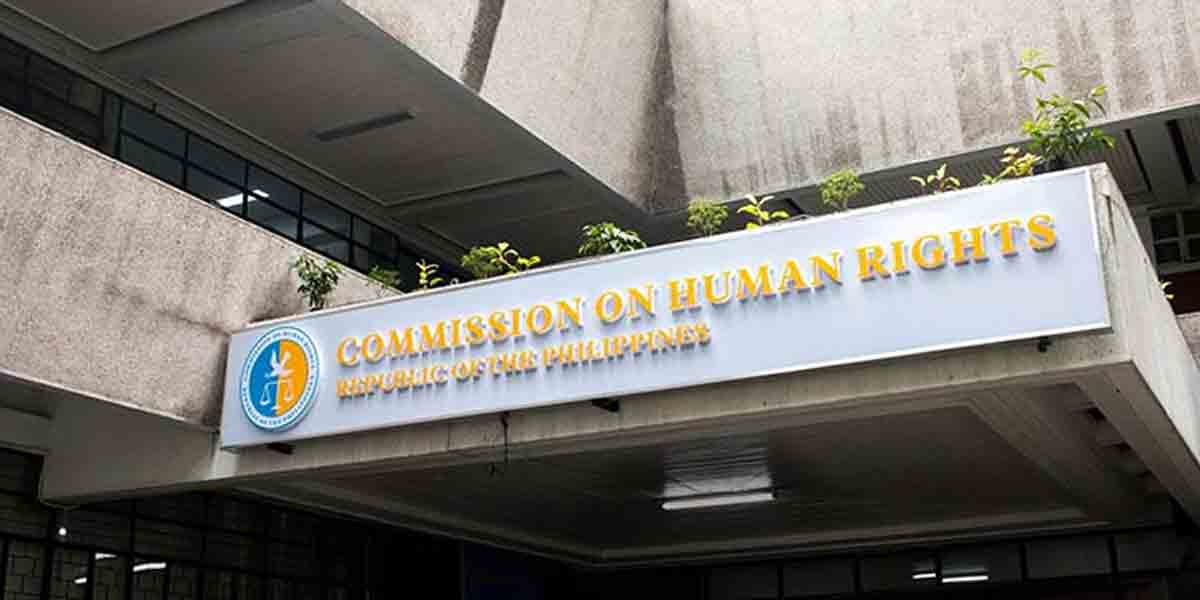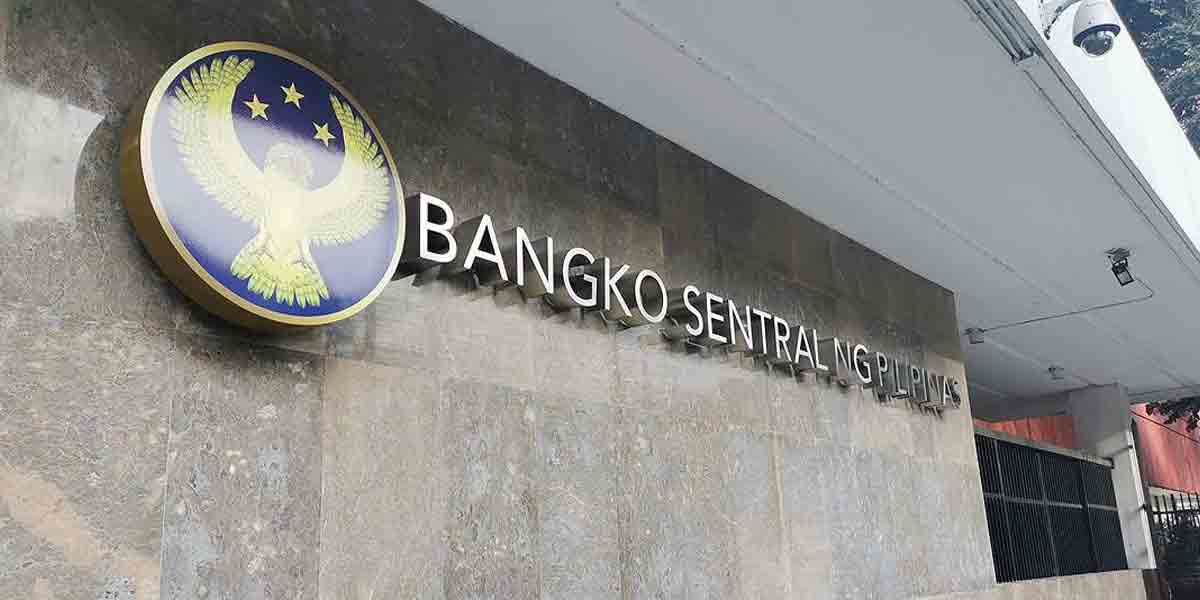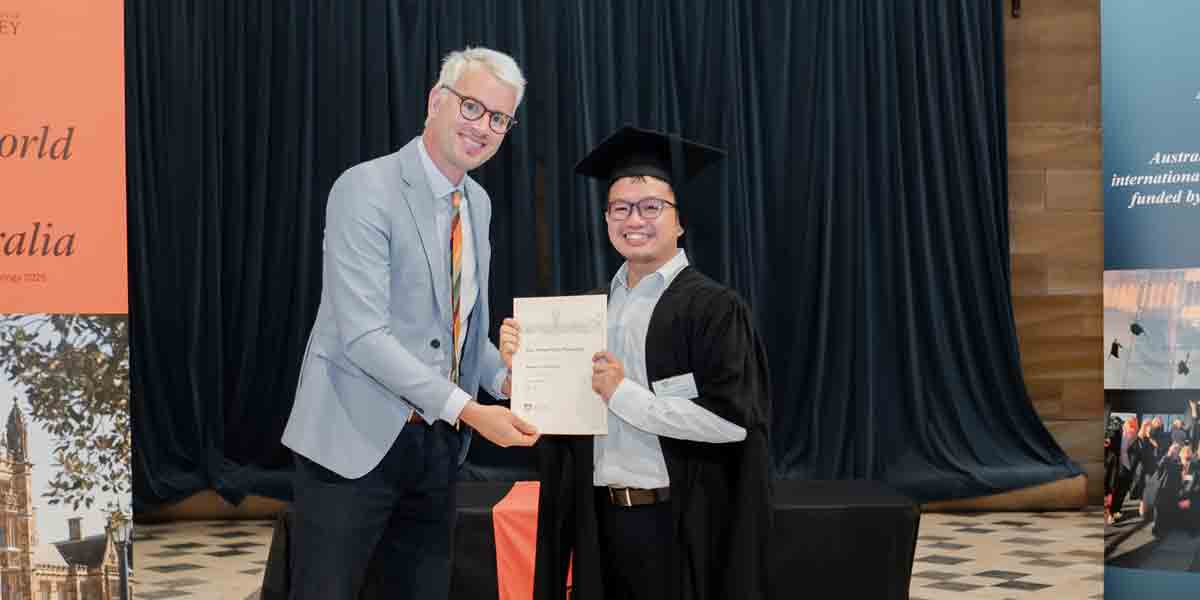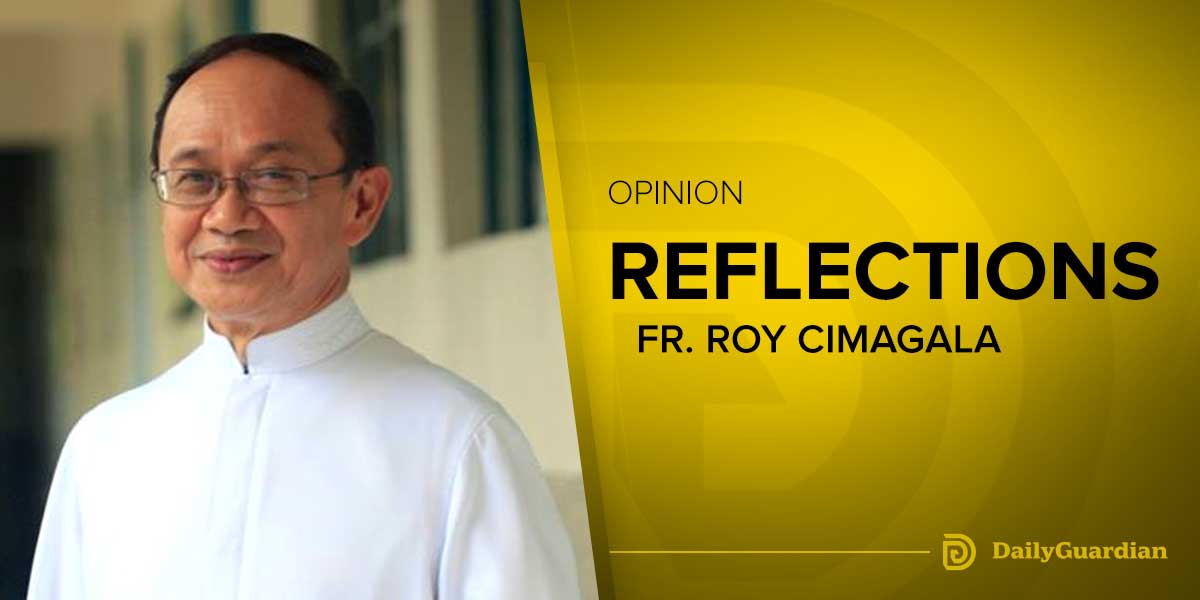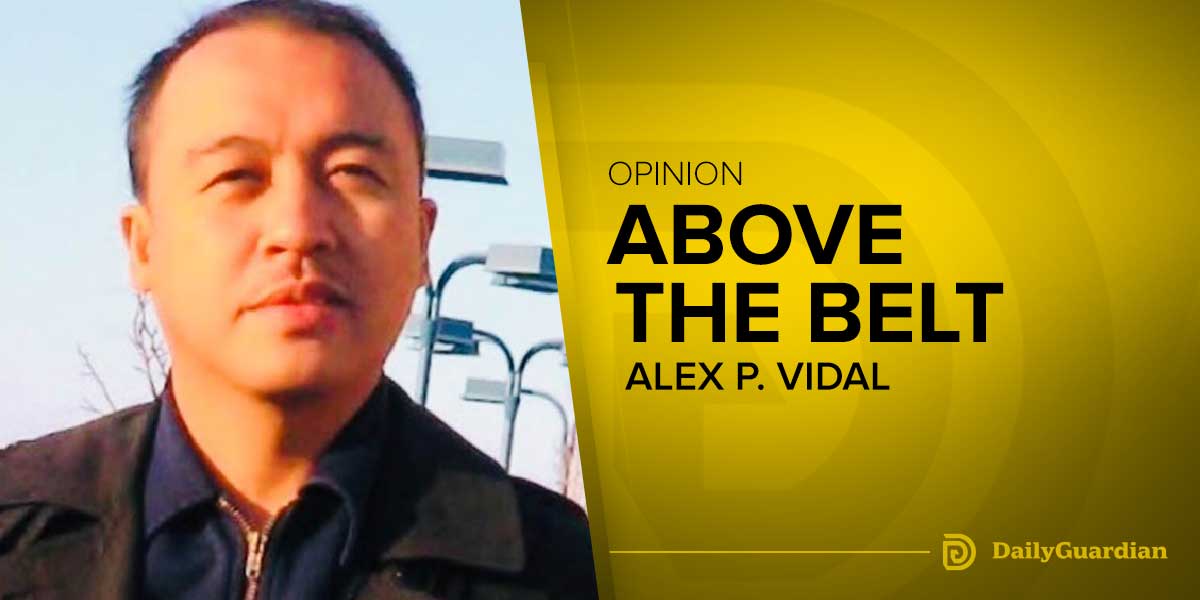By Richard Javad Heydarian
President Ferdinand Marcos Jr trumpeted the Philippines’ fastest economic growth rate in recent memory at the World Economic Forum in Davos in a bid to stoke new investor interest in his country.
According to the latest data released by the Philippine Statistics Authority (PSA), the Southeast Asia nation’s gross domestic product (GDP) expanded by a whopping 7.2% in the fourth quarter of 2022.
The robust expansion, largely a reflection of post-pandemic “revenge spending”, bumped the Philippines’ 2022 growth rate to 7.6%, the highest level in 46 years. The last time the country grew this fast was under former strongman Ferdinand Marcos Sr, when the country posted an 8.8% growth rate in 1976.
Buoyed by robust growth at home, the Philippines is contemplating a massive US$372 billion infrastructure development program over the next decade. During a recent meeting with the Filipino president, the International Monetary Fund’s (IMF) managing director Kristalina Georgieva hailed the Philippines as an “exceptionally well-performing country.”
For his part, the Philippine Senate President Miguel Zubiri, a top Marcos ally, praised the current administration for its “clear economic targets and their strong push to sell the country as an investment hotspot.” Touting the country’s economic dynamism, Marcos Jr reportedly secured $46.2 billion in new investment pledges during his whirlwind foreign trips in recent months.
At the same time, Marcos Jr can’t ignore runaway inflation in basic commodity prices, with widespread reports of hoarding, illegal smuggling and poor planning hammering the country’s food industry. Galloping inflation comes just two years after the Philippines posted its worst recession in almost eight decades.
With the prospect of global recession on the horizon and no end in sight for the inflation-stoking Ukraine war, the Philippines is bracing for new rounds of external shocks in the coming months. Without decisive and politically difficult economic reforms, analysts say Marcos Jr will struggle to maintain the current economic growth momentum needed to finance his expensive mega-project plan.
To be sure, Marcos Jr has reason to be upbeat about the Philipines’ economic prospects. The country’s fourth-quarter performance widely surpassed the 6.5% growth forecast of top Filipino economists collated in. a Reuters poll. On a quarter-on-quarter basis, economic growth was 2.4% in the October-December period.
Economic Planning Secretary Arsenio Balisacan, a widely-respected technocrat who has worked in various administrations, attributed the stellar growth figure to robust domestic demand, expansion in labor markets, and “revenge” spending following the relaxation of years-long pandemic-related restrictions.
Wholesale and retail trade, manufacturing, construction and motor vehicle repairs were top contributors to growth. On a sector basis, agriculture, industry and services posted growth rates of 0.5%, 6.7%, and 9.2%, respectively, with the services (60.1%) sector as the top contributor.
“We are happy to receive the news that our growth rate for the year 2022 exceeded all expectations even by the estimates of the international financing institutions, and we are holding at 7.6%,” declared Marcos Jr in a video message released by the Presidential Communications Office (PCO) on January 27.
“We must maintain, however, that growth rate and that is why it has become so important for us to go out and to attract investment into the Philippines because that is the only way for economic activity to increase and therefore to grow the economy,” he added, just days after concluding his eighth foreign trip.
The Filipino president, accompanied by a 70-strong delegation including top tycoons and business leaders, met last week with global policy-makers and investors in Davos, Switzerland.
During her meeting with Marcos Jr, IMF chief Georgieva praised the Filipino leader for “what you have done in the last year of turbulence to sustain growth [which is] is quite commendable,” according to Philippine Presidential Communications Secretary Cheloy Garafil.
Among those in Marcos Jr’s delegation was Jaime Zobel de Ayala of the Ayala Group, Lance Gokongwei of JG Summit Holdings Sabin Aboitiz of Aboitiz & Company, Enrique Razon of International Container Terminal, Teresita Sy-Coson of SM Investments, Kevin Andrew Tan of Alliance Global, Ramon Ang of San Miguel Corp. A top priority for the Philippine delegation was to attract new investments, particularly in the infrastructure sector.
In contrast to the Duterte administration, which relied largely on sovereign financing and overseas loans, the current administration is intent on expanding public-private-partnership (PPP) projects.
During a recent visit to Frankfurt where Philippine officials met European investors, National Economic and Development Authority (NEDA) Secretary Arsenio M. Balisacan unveiled a massive $372 billion infrastructure development program covering over 3,600 infrastructure projects to run through 2028.
Currently, there are 87 PPP projects in the pipeline amounting to $54 billion, underscoring the shift in infrastructure development strategy under the Marcos Jr administration. Most short-term projects are also expected to be PPPs.
“With those projects, we’ll see a major transformation of the country in the next six years. There’s no better time than now to invest in the Philippines. We’ve opened the economy quite extensively and the opportunities are quite high,” Balisacan added.
The rapid economic growth rate, however, conceals many fundamental problems. For one, the growth spurt comes just two years after the country suffered its worst recession since the end of World War II. Between 2020-2021, the Philippines suffered five consecutive quarters of recession, a decline that created a low base effect for rapid growth in the immediately succeeding years.
Runaway inflation is a more immediate concern, with Balisacan warning it could “negate what we have achieved in recent years” as food inflation drives a large number of Filipinos closer to the poverty line despite rapid GDP growth. In the third quarter of last year, close to 3 million Filipino families experienced “involuntary hunger”, according to the Social Weather Stations (SWS) survey.
The prices of onions, garlic and eggs have rapidly risen in recent months, amid reports of poor government planning, smuggling and illegal imports adding to inevitable external price pressures.
As the acting agriculture secretary, Marcos Jr has come under growing pressure to cut down his overseas travels in order to focus on pressing problems at home, including the need to crack down on profiteering intermediaries and alleged syndicates. Progressive groups have also called on the president to protect domestic farmers through subsidies as well as decisive action against growing illegal imports of food commodities.
The government hopes that inflation, currently at a 14-year high, will cool down in the coming months. But absent major reforms in the domestic food industry, and with Marcos Jr yet to appoint a permanent agriculture secretary, there are fears that the inflation problem will persist throughout 2023.
Moreover, the country’s broad economic growth faces growing headwinds, including the prospect of a global recession, rising interest rates in major economies and new inflationary pressures driven by the strong post-zero-Covid revival of Chinese domestic consumption.
“We expect a difficult year ahead for the Philippines,” London-based Capital Economics research company said in a recent report, which expects the Southeast Asian nation to grow at a much slower rate of 5.5% this year with little indication inflation will fall any time soon.

